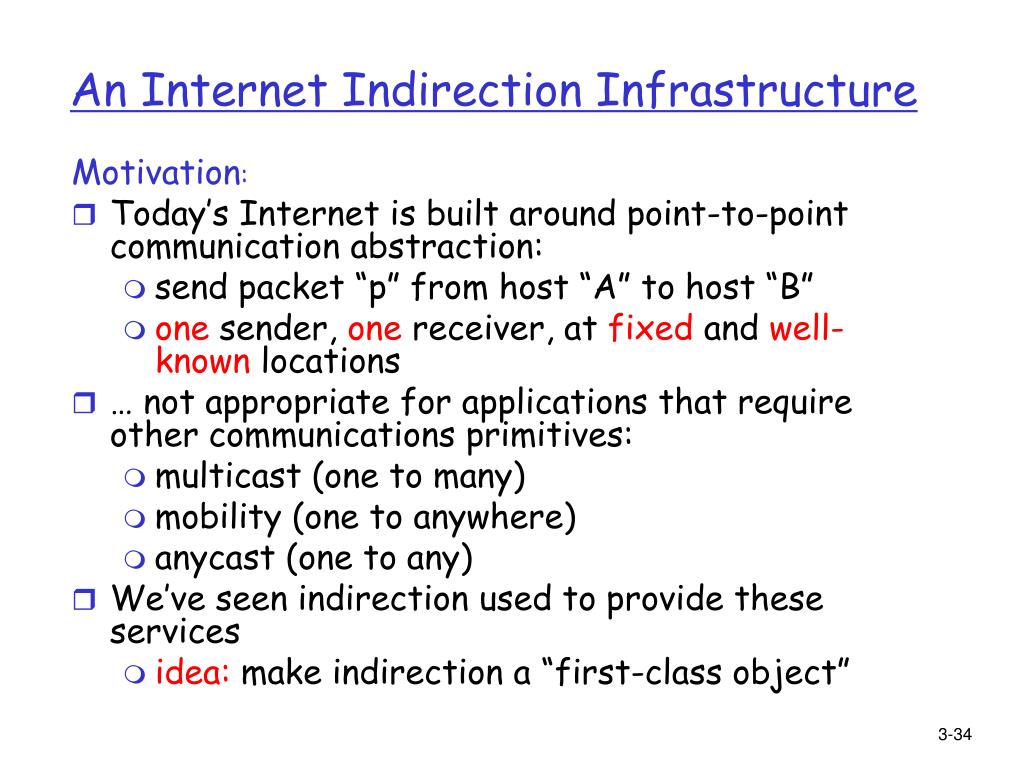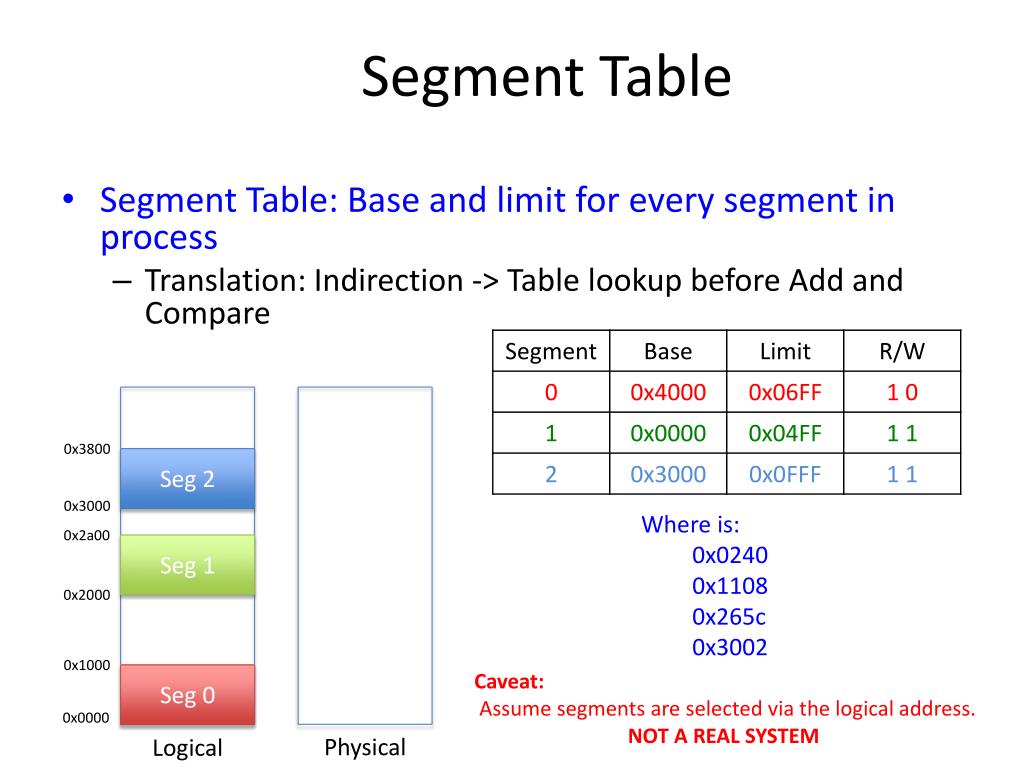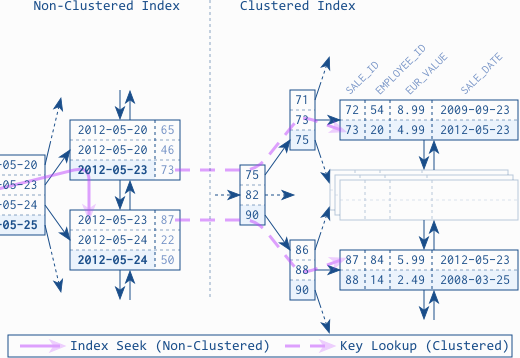

- #Table indirection software
- #Table indirection code
- #Table indirection series
- #Table indirection download
But "him" is indirect because the English verb is "to look for." Le is a direct object because the French verb is chercher with no preposition. Where’s Luc? I’ve been looking for him since noon. However, "him" is a direct object because "call" is not followed by a preposition.
#Table indirection software
from publication: A Generic Approach for Protecting Java Card Smart Card Against Software Attacks Smart cards are the keystone of.
#Table indirection download
Lui is an indirect object because the French verb is téléphoner à. Download scientific diagram 1: Indirection table usage. It gives Bash a little of the functionality of pointers in C, for instance, in table lookup. Nous lui téléphonons une fois par semaine. /bin/bash ind-ref.sh: Indirect variable referencing. Some French indirect objects are equivalent to direct objects in English, and vice versa. She’s giving us her couch, She’s giving her couch to us. I’m buying you a shirt, I’m buying a shirt for you. In addition, the French indirect object pronoun replaces both the preposition and the noun, but in English, some verbs have to keep the preposition, while other verbs have the option of keeping it. In French, indirect object pronouns generally precede the verb, whereas in English they follow it – learn more. + The first and second plural indirect object pronouns are identical to the first and second person direct object pronouns – learn more. If you need to make a distinction, you can add à lui or à elle: Je lui ai donné le livre, à elle. + There’s no distinction between "to him" and "to her" in French use lui for both.
#Table indirection series
In order to avoid repeating nouns in a series of sentences or when answering questions, both French and English replace indirect objects with indirect object pronouns.Įn comparaison… Je lis à mes enfants. * The person following "for" is only an indirect object when s/he is a recipient, as in "I bought it for you." When "for" means "on behalf of," as in "I think I speak for everyone when I say this," the noun after it is called an object of the preposition. Par exemple… To whom is he giving flowers?

#Table indirection code
But disassembling pud_offset shows different values.ĭump of assembler code for function pud_offset:Ġxffffffff812bfc4a : and rax,QWORD PTR # 0xffffffff826e8fc0 Ġxffffffff812bfc51 : shr rsi,0x1b # : pop rbpĠxffffffff812bfc56 : and rax,0xfffffffffffff000Ġxffffffff812bfc5c : and esi,0xff8 # : add rax,QWORD PTR # 0xffffffff826d1f48 So we have exactly one level of indirection. Discúlpeme por los engaños y las artimañas.

I apologize for the indirection and trickery. Es una tabla de indirección que reproyecta todos los bloques en el volumen. The problem: According to the pud_index source code I expected it to be compiled with the shift right by 0x1e ( PUD_SHIFT) and then anded with 0x1ff ( PTRS_PER_PUD - 1). It is an indirection table that remaps all the blocks on the volume. Return (address > PUD_SHIFT) & (PTRS_PER_PUD - 1) Pud_index: static inline unsigned long pud_index(unsigned long address) Return (pud_t *)_va(p4d_val(p4d) & p4d_pfn_mask(p4d)) Let’s understand the formula through an example. P4d_pgtable: static inline pud_t *p4d_pgtable(p4d_t p4d) Return p4d_pgtable(*p4d) + pud_index(address) īoth p4d_pgtable and pud_index calls were inlined in the resulting assembly (below). Source code: static inline pud_t *pud_offset(p4d_t *p4d, unsigned long address) But encountered difference between source code and it's disassemble. I'm using 4 levels page table (LA57 disabled) and tried to understand the implementation of getting virtual address of the 3rd level page.


 0 kommentar(er)
0 kommentar(er)
